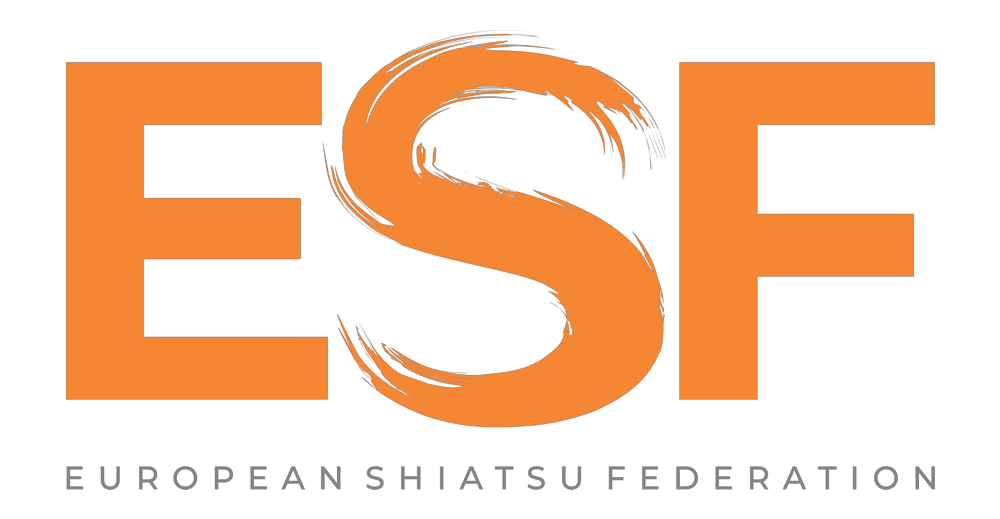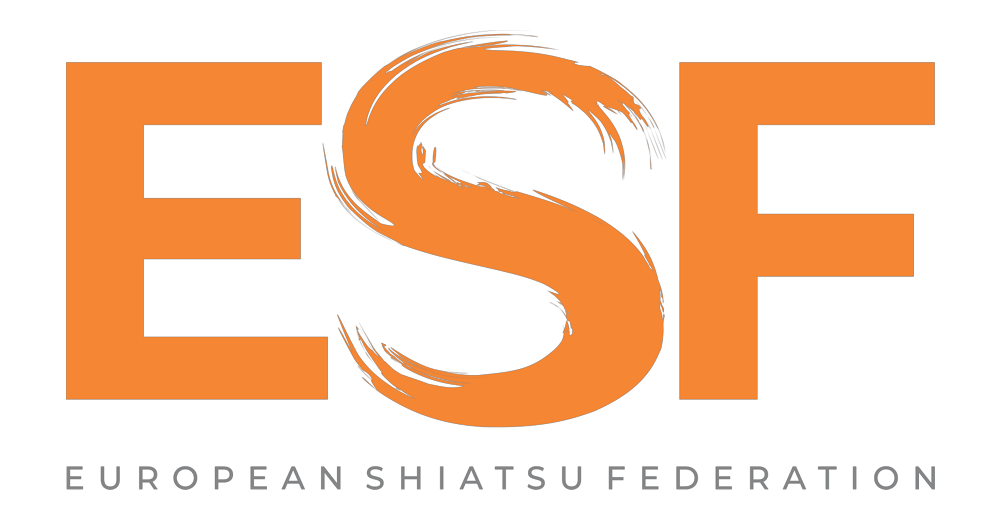
training

Philosophical Background
Shiatsu derives its theoretical and practical roots from the ancient traditions of Far Eastern healing and philosophy. Today it is an autonomous treatment method which originated in Japan, and is influenced by Chinese and Western knowledge.
Aim
The aim of Shiatsu is to promote the processes of self-healing and personal growth through balancing the circulation of the body’s energy: Ki or Chi.
The wellbeing of a person as a unity of body, mind and spirit depends on the harmonic flow of this energy.
Principle
Shiatsu treatment is a form of communication through touch, based on techniques of energetic evaluation.
Form
The form of shiatsu treatment is the application of sustained pressure with thumbs, hands, elbows, knees and feet to meridians and tsubo and to other energetic and physical structures.
The form also includes rotations and stretches of limbs, joints and meridians. The posture and awareness of the practitioner are grounded in the abdomen or Hara. Shiatsu is usually given on a soft mat on the floor.
Effect
Shiatsu supports and nourishes life-force, enhances sensitivity and self-awareness and releases tension.
Application
Applied by a practitioner with appropriate training, shiatsu promotes general wellbeing and can be used as a preventative health care method.
It can also assist people through crisis, difficult life phases and processes of change. It can treat people presenting with a wide variety of physical conditions.
